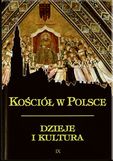
We kindly inform you that, as long as the subject affiliation of our 300.000+ articles is in progress, you might get unsufficient or no results on your third level or second level search. In this case, please broaden your search criteria.


In today’s world there is a strong need for a dialogue about the marriage and the family. First and foremost young people, but also families, married couples including non-sacramental marriages are interested in this dialogue. The need for this dialogue can be observed within the Church. This has been demonstrated by the latest Fourteenth Ordinary General Assembly of the Synod of Bishops as well as the Church’s relations with the world, mainly represented by the mass-media. Therefore it is worth to recall, discover or rediscover this dialogue’s basis.
More...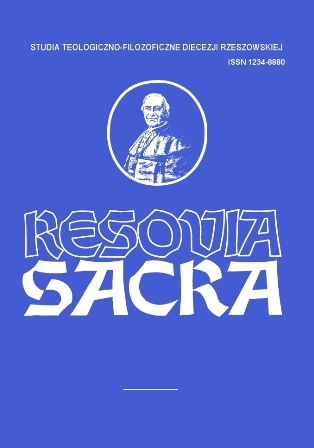
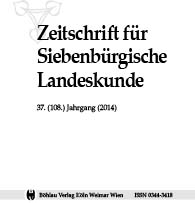
In Siebenbürgen gebe es „solch ein Religions-Gemeng“, dass man „fast ale tage frembde Götten ehren sahe“. Diese ironische Bemerkung stammt von Conrad Jacob Hiltebrandt (1629-1679), einem aus Stettin gebürtigen evangelisch-lutherischen Theologiestudenten, der in der Mitte des 17. Jahrhunderts durch Siebenbürgen gereist ist. Sein Reisebericht gehört zu den seltenen Aussagen eines Außenstehenden, jedoch Kenners der Thematik und Problematik, über den Alltag in der multikonfessionellen Region Siebenbürgen. Zum einen ist zu vermuten, dass sich der Verfasser, seiner Ausbildung und seinen Interessengebietenentsprechend, ernsthafter mit Fragen der Konfessionen und des religiösen Lebens in Siebenbürgen auseinandergesetzt hat als seine weltlichen Zeitgenossen. Zum anderen wurde von der Leserschaft des angehenden Theologen neben der reinen Berichterstattung zu Recht auch eine Bewertung dieses Nebeneinanders der Konfessionen in Siebenbürgen erwartet. Umso mehr, als Hiltebrandt aus dem unter schwedischer Herrschaft stehenden Stettin, also aus einem Umfeld stammte, das sich der lutherischen Lehre verpflichtet hatte und für andere Konfessionen nur wenig Verständnis aufbrachte.
More...
Bereits 1519/1520 wurde die von Wittenberg ausgehende reformatorische Bewegung in Hermannstadt rezipiert. Dieser Ort war politisches und religiöses Zentrum der seit Mitte des zwölften Jahrhunderts dort als Gäste (hospites) angesiedelten Bevölkerung1. Diese zunächst als Flandrenses oder Teutonici benannte Gruppe stammte überwiegend aus der Rhein- Mosel-Maas-Gegend, mit moselfränkischem Dialekt. Sie sollte als Wehrbauerngesellschaft zum Schutz der Krone (ad retinendam coronam) die östliche Peripherie des mittelalterlichen Ungarn – Siebenbürgen/ Transsylvanien – besiedeln und schützen2. Dazu waren ihnen von Anfang an – auf dem Königsboden (fundus regius) – Privilegien verliehen worden, unter anderem die Wahl der Pfarrer3. Diese Sonderrechte der später sogenannten „Sachsen“ konkretisierten sich im Laufe des Spätmittelalters, als die blühenden Städte und deren selbstbewusstes Patriziat eigene Institutionen ausbildeten. Diese schufen Voraussetzungen für die Übernahme und Durchsetzung der deutschen Reformation in Siebenbürgen.
More...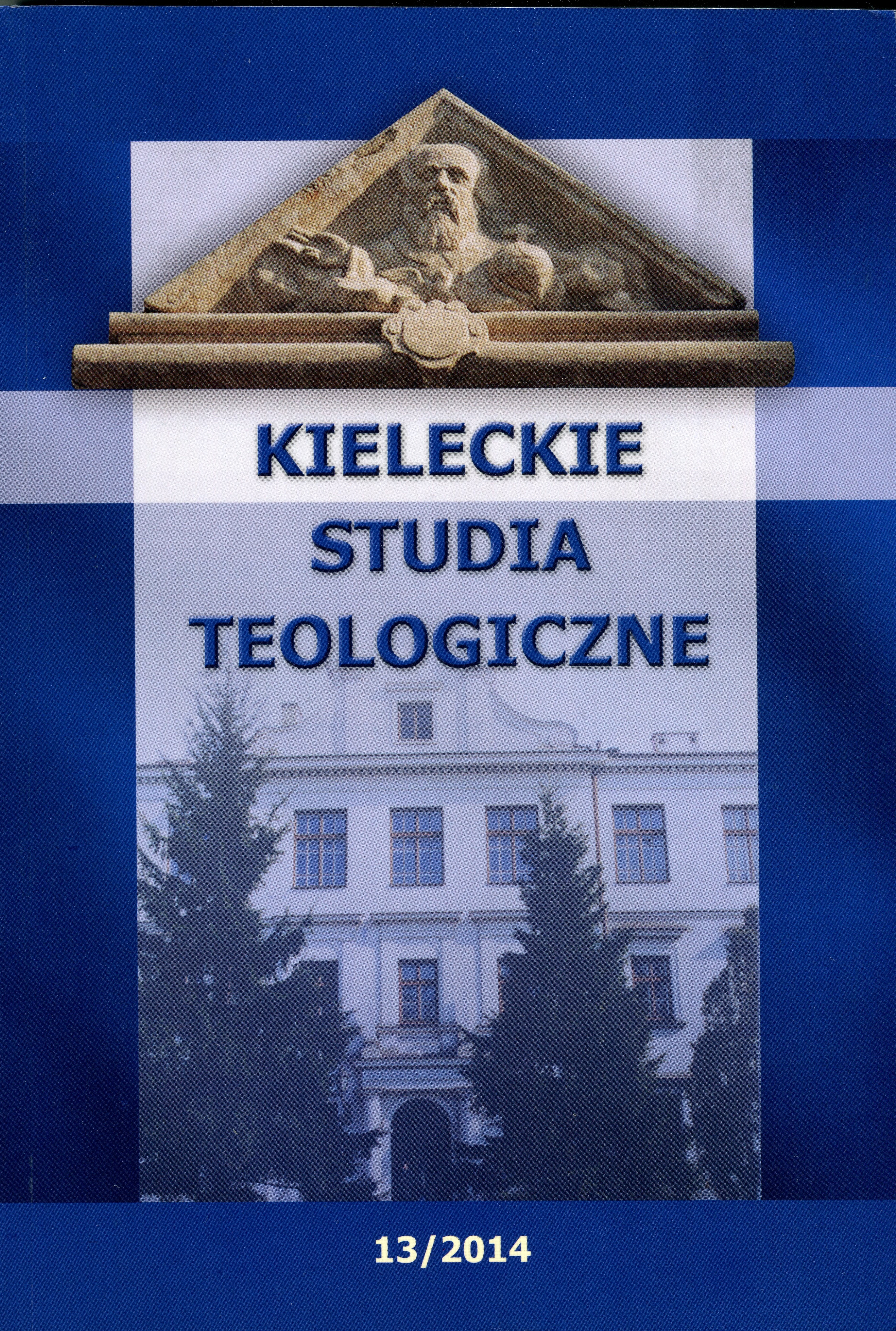
Is it possible, from the perspective of only several months after Francis’s election, to indicate the central idea of the pontificate regarding economy, politics, and social studies? In order to address this question, the author of the paper performs an analysis of the Pope’s teaching of the encyclical Lumen fidei, emphasizing the topic of light which faith sheds on the deepest dimensions of human life, such as: the beginning and end of life, unique dignity of the human person, the value of family built upon the marriage of man and woman, respect for the nature, looking for the models of develop¬ment whose point of reference would exceed profits, service for justice and peace, and the sense of suffering. The analysis indicates that for a Christian it is only God that can constitute the absolute point of reference and that the light of faith can unveil various idol figures trying to make people worship them. Among those idols there is also the state which might become „the coldest of all monsters” if it is a state with absolute aspirations.
More...
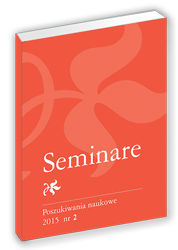
Contribution of the Fathers of the Church to exegesis is one of their greatest gifts to Christianity. Without a doubt, their works reflecting on the Scriptures not only include issues relevant to the development of theology but also, have a great impact on Christian Spirituality. This article is the first of two dedicated to patristic exegesis. In this part, the author made a brief introduction on the development of Christian Doctrine with particular attention to J.H. Newman’s theory on the contribution of the Fathers to theology.
More...
In the presented study, the author by analysing the content of the definition of legal decrees and rescripts codified in can. 48 and 59 §1 of the CIC, pointed out that these regulations do not contain any explicit components differentiating these categories of acts. In his opinion, the assumptions contained in the definitions do not fully fit many system solutions formulated in other code regulations.The author of the article proved that the difference between the two categories of acts mentioned in the title becomes clear in their formal aspect because a decree in order to be valid should be issued in a written form. In the case of rescripts, however, the legislator departs from this requirement allowing oral legal effectiveness of this type of legislation. Nonetheless, according to the author, the difference between these two categories of acts is not substantial since, in this case, it only concerns the formal aspect of an act.
More...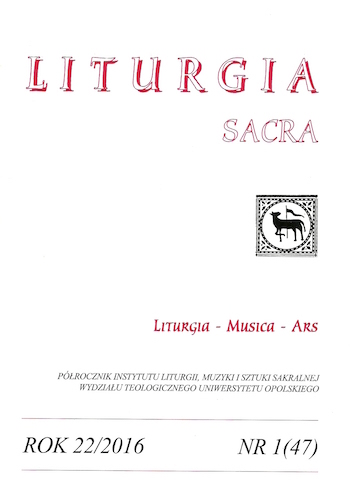
The Bible has a fundamental place in the theological reflection on the bishop’s role in the Church. Selected biblical readings read during liturgy, are not only the word of God, but also clarify meaning of the celebration and of the reality manifested during different liturgical actions of the Church. For this reason, while reflecting on the pastoral mission of the bishop, it is worthwhile to analyze the readings of the liturgy of the word selected for the rite of ordination of bishops. In this study, due to the large number of proposed readings, only some examples have been analyzed (two taken from the OT, and eight from the NT). The analysis, in the light of word of God, shows both the bishop’s role as pastor and the meaning of his ministry. As pastor the bishop is primarily a proclaimer of the Good News and protector of the faithful entrusted to him. His entire pastoral service must follow the example of the true Good Shepherd — Jesus Christ (cf. J 10,11).
More...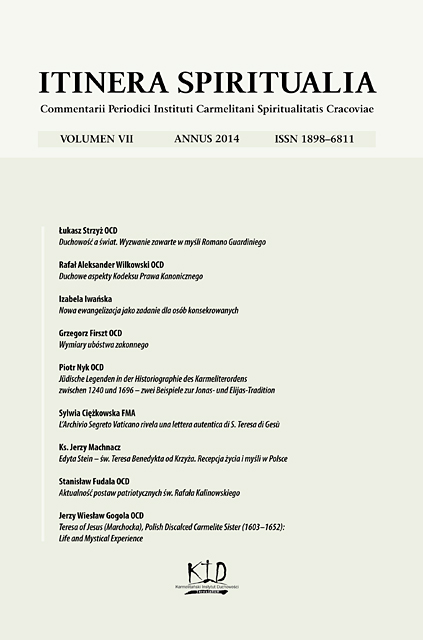
Sulla base della teologia del Concilio Vaticano II e quella postconciliare, l’articolo tratta dei diversi significati della povertà religiosa. Vengono specificate queste dimensioni: dimensione antropologica, dimensione mistica, dimensione fraterna e dimensione apostolica.
More...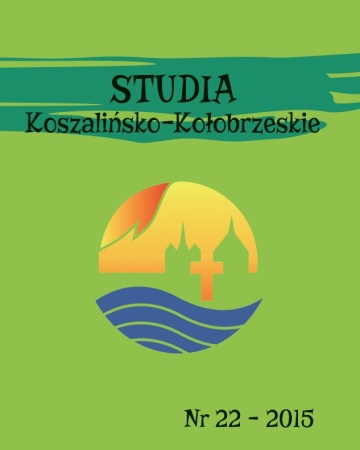
The aim of the article The Christian teaching and practice in anticipation of Parusia is to show the most important elements of Christian eschatology in a context of errors like millenarism or setting the exact date of the end of the world. In reality, Christians don’t expect the end of the world – something – but the return of Someone, of Jesus Christ, who comes to bring us the ultimate salvation.
More...
The specificity of the Holy Communion in the way of Viaticum is receiving Him in the most decisive yet delicate moment of life, for example at the moment of passing from this world into eternity or at least in the short perspective of this moment. Giving and receiving Holy Communion as Viaticum is one of the oldest traditions of the Church. The faithful should receive Viaticum in any danger of death. Not only priests should take care of the fulfillment of this obligation, but also the faithful himself and his family and relatives. In the case of any pastoral and legal concerns the salvation of souls should be the most important so the problem should be always resolved in favour of the faithful.
More...
Although the work of salvation of man by Jesus Christ reached its climax in His passion, death and resurrection, it began on the reception of human nature by the Son of God. It is witnessed in the Holy Scripture and Tradition which teach that the main objective of the salvific action is to liberate the man from sin and restore him to the fullness of life. Since the destructive powerof sin reveals itself in: 1) breaking off the relationships with God, 2) death, 3) a loss of the meaning of life. These three specific consequences of sin relates to the salvific action of God inthe act of the Incarnation. Salvation has got a dual aspect: it is bestowing the good (the positive aspect) and liberating from the evil (the negative aspect). As a result, the Incarnation of theSon of God includes: 1) offering one’s presence and liberating from loneliness, 2) offering life and liberating from death, 3) offering hope and liberating from meaninglessness. Christmasis the right moment to spread this truth. This celebration ought to be a special occasion to reflect deeply upon the mystery of the liberating meeting of man with God in the newly-born Emmanuel.
More...
Mariology was formed in the Church through the centuries. Mary’s Motherhood initiated from the Incarnation was not only limited to the outright relation with Jesus, but also has embracedthe whole Church community – the Mystical Body of Christ. It has an impact on the believers and shows Mary’s exceptional role in the history of redemption. The article refers to the characteristic Mariology aspects related to three different times: before the Vatican Council II, during it – all the thoughts have been written in the chapter VIII of the Dogmatic Constitution Lumen Gentium, and in a postcouncil theology. The discourse before the council saw Mary leading to the concept of Christ and Mary Ecclesia in which it emphasized her similarity to Christ’s role and the Church prototype (1). The Fathers Council put the Mariology issue in the mystery of Christ and the Church. They made Mary as someone who played an irreplaceable role in the relation to Christ, both historical and mysterious. Moreover, being the Mother of God she is also the spiritual Mother of all who build the Church – the Mystical Body of Christ (2). The postcouncil thoughts about Mary reflect on the existential attitude of all believers and make them more aware of being new to respect life, a woman’s dignity and the family value itself as the union between a woman and a man, and the place of a child’s natural growth (3).
More...
The problem of birth control was not one of the fundamental challenges that the Third Extraordinary General Assembly of the Synod of Bishops would take. In Relatio Synodi we can find a reference to this matter and a call to rediscover the message of the encyclical Humanae Vitae of Pope Paul VI, whose beatification took place at the end of the Synod. This pope, in his encyclical on moral principles in the field of transmission of human life, often refers to the speech of Pius XII to the medical community. By analyzing these statements we may notice that the pope Pacelli in his vision of conjugal ethics outlined the doctrinal basis based on the natural law and Divine Revelation, which turned out to be necessary to confront the teaching of the Church with such a complex issue that is the regulation of conception.
More...
Philosophy has always accompanied a human being as the way leading to discover wisdom. The Christian Revelation given by God in the person of Jesus Christ answers to the fundamentalquestions. The article states new tasks which, according to the encyclical Fides et ratio, stay in its serving role regarding theology. The definitions and concepts mentioned in philosopher’swritings enable us to explain the content of the faith as far as it is supported by realism and objectivity. The modern crisis of identity of a human being is connected with the abandonment of legacy of a classical idea that classical philosophy was based on. Nihilism, philosophy of relativism and pragmatism are characteristic features of present mentality but they cannot show the real sense of actuality to a man.
More...
The article concerns issues of education in agathological prospect. Base of this education determines philosophical reflection on a human as a being, which aim is entire development towards the fullness of humanity. This reflection is taken by Joseph Tischner. His concept of agathological human is concentrating on realisation and concentration of axiological „I”, as a result of relations human to quality. Dialogical meeting between pupil and tutor is significant in this prospect in the process of education, which determines chance on experiencing value and moving towards the goodness. Main tutor responsibilities are necessity of evidencing about goodness and inspiring the pupil to searching creative ways in his life.
More...
The paper discusses the notion of time – one of fundamental importance in Christianity (John Paul II) – interpreting it as linear. The problem lies in the question whether the linear conceptof time exhausts its full doctrinal interpretation. The author looks for the conceptual origins of linear time and pinpoints the crucial sources: the modern scientific revolution (the discoveryof the depths of time stretching from 6 thousand years to 13.7 billion years), post-Enlightenment weakening of the idea of Providence, cultural transformations and exchanges leading tolearning about other perspectives on time. The author is inclined to support the thesis that the linear concept of time as a Bible-based one, and as formulated in the 20th C. by Oscar Cullmannand related to the historic-salvific orientation of modern theology, can only be accepted under some conditions, i.e. once one acknowledges the influence of the aforementioned modern sources on its formulation. These sources broaden the interpretation of the origin of this problematic concept.
More...
This article is an attempt to show the sources and ways of understanding wisdom in the field of psychology. Firstly wisdom is depicted as a phenomenon that has got its source and a specificway of understanding in the philosophy and theology. Subsequently paper presents a history of the development of the concept of wisdom in psychology. Next part refers to selected conceptsof wisdom proposed by leading authors such as Sternberg, Baltes and Labouvie-Vief. This background allows to present Ardelt’s Three Dimensional Wisdom Theory in which wisdom is a understood as a combination of cognitive, reflective and emotional (compassionate) components.
More...